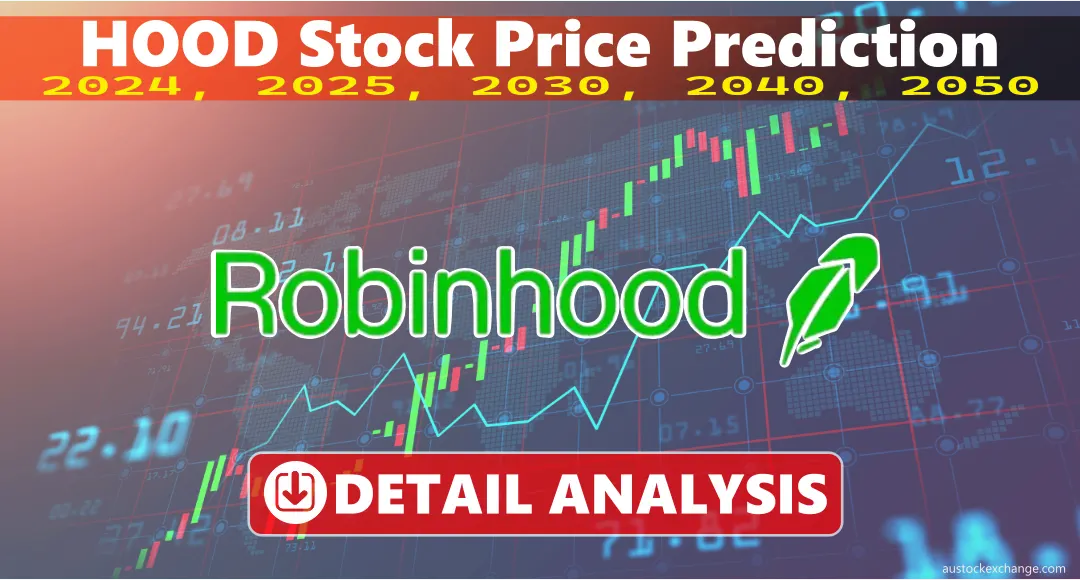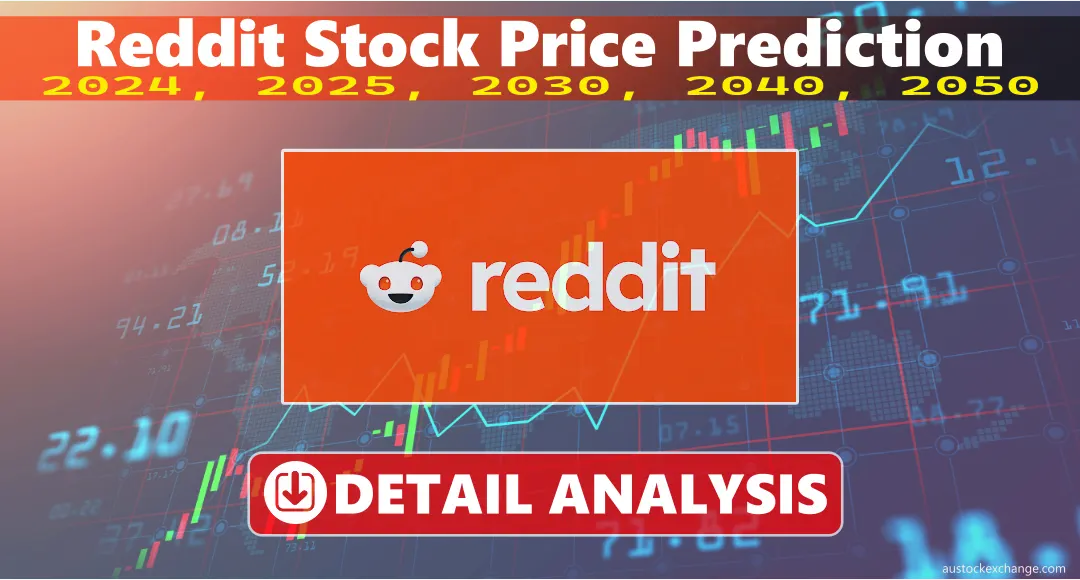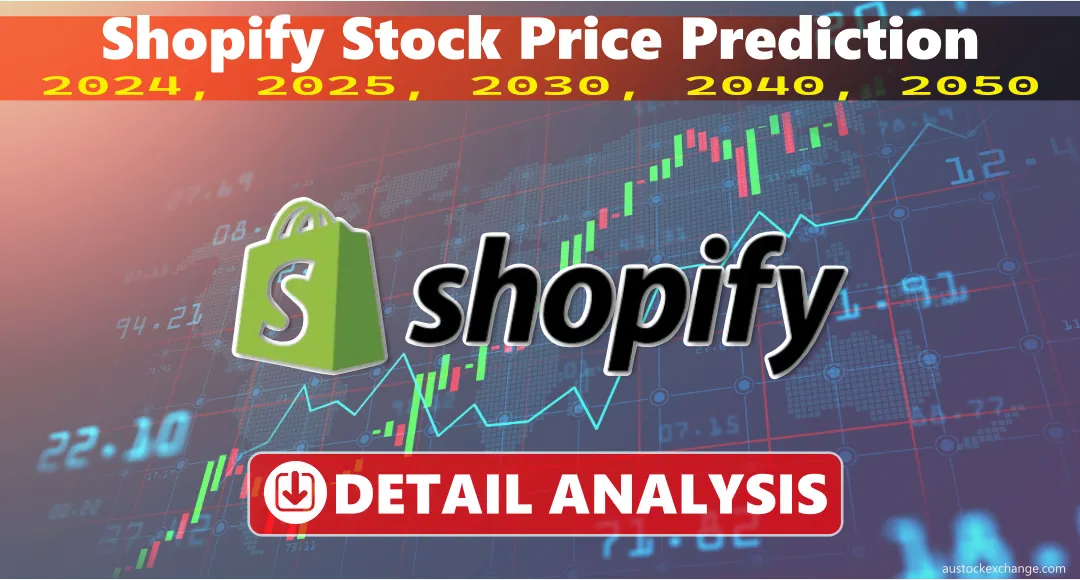HOOD Stock | Stock Price Prediction 2024 – 2050 (Detailed Analysis)
Fintech firms have challenged banking and brokerage structures in the ever-changing world of finance and investment. Robinhood Markets Inc (NASDAQ: HOOD), a commission-free trading platform that liberated stock trading, has grabbed notice.
We will analyze HOOD stock’s growth potential and project its stock price for 2024, 2025, 2030, 2040, and 2050 in this post.
What is Robinhood Markets Inc. NASDAQ: HOOD?
Robinhood Markets Inc. is a popular mobile app and website for commission free stock, options, and cryptocurrency trading. In 2013, Robinhood launched to make investing accessible to everyone, especially younger generations, by removing trading costs and providing a user-friendly platform.
HOOD Stock Price Prediction 2024, 2025, 2030, 2040, 2050
Predicting stock prices requires studying the company’s financial performance, industry developments, economic circumstances, and market sentiment. Our HOOD stock price forecasts are based on extensive study and market research, but no prediction is 100% accurate:
| Year | minimum price | maximum price |
| 2024 | $8 | $12 |
| 2025 | $10 | $15 |
| 2030 | $20 | $30 |
| 2040 | $40 | $60 |
| 2050 | $70 | $100 |
Is HOOD Stock Good to Buy? (Bull Case & Bear Case)
Bull Case:
- Robinhood boasts millions of customers, including millennials and Gen Z investors, due to its commission-free trading approach and user-friendly interface.
- Beyond trading, the organization might provide banking, crypto wallets, and other financial goods to boost income.
- Robinhoods finance brand recognition may help attract new consumers and retain existing ones.
- Robinhoods business model may benefit from financial inclusion and transparency rules.
Bear Case:
- Robinhood may lose market share and profitability to established brokers and fintech businesses.
- Due to regulatory scrutiny and litigation over its trading tactics and customer service, the firm may lose its image and pay large losses.
- Due to criticism and future legal changes, Robinhoods business model relies significantly on payment for order flow (PFOF).
- As experienced investors seek more complicated trading platforms and services, the firm may struggle to retain consumers.
Key Details About HOOD
- Headquarters: Menlo Park, California, United States
- Founded: 2013
- Co Founders: Vlad Tenev and Baiju Bhatt
- Employees: Approximately 3,800 (as of 2022)
- Revenue: $1.8 billion (FY 2022)
- Net Loss: $1.0 billion (FY 2022)
- Market Capitalization: Approximately $8.5 billion (as of April 2024)
HOOD Financial (Balance Sheet)
- Total Assets: $6.6 billion (FY 2022)
- Total Liabilities: $3.7 billion (FY 2022)
- Total Equity: $2.9 billion (FY 2022)
- Cash and Cash Equivalents: $6.2 billion (FY 2022)
- Long Term Debt: $0 (FY 2022)
Key Performance Indicators
- Revenue Growth (YoY): 5.9% (FY 2022)
- Net Loss: $1.0 billion (FY 2022)
- Operating Margin: 67.3% (FY 2022)
- Return on Equity (ROE): 34.5% (FY 2022)
- Monthly Active Users (MAU): 22.7 million (Q4 2022)
Comparison with Listed Peers
To comprehend Robinhoods position, compare its performance to other big online brokerage and fintech competitors. Key stats compared to Robinhoods listed peers:
| Company | Market Cap | Revenue | Net Income/Loss | Operating Margin | ROE |
| Robinhood (HOOD) | $8.5 billion | $1.8B | $1.0B | 67.3% | 34.5% |
| Interactive Brokers | $28.1 billion | $3.0B | $897M | 67.8% | 31.6% |
| E*TRADE (Morgan Stanley) | $162.7 billion | $63.8B | $11.0B | 27.1% | 15.5% |
| Charles Schwab | $124.6 billion | $18.5B | $5.9B | 41.9% | 20.0% |
Positive & Negative Factors to Invest in HOOD

Positive Factors:
- Robinhoods commission-free trading model has disrupted the traditional brokerage industry, attracting a large user base, particularly among younger investors.
- The company has built a strong brand identity, which could help attract and retain customers in the competitive fintech space.
- Robinhood has the potential to expand its offerings beyond trading, such as banking services, crypto wallets, and other financial products, which could drive revenue growth.
- The company has a highly engaged user base, with users frequently interacting with the platform, which could translate into increased trading activity and revenue.
Negative Factors:
- Robinhood has faced regulatory scrutiny and litigation over its trading and customer service, which may damage its brand and cost it a lot.
- The companys principal income source, payment for order flow (PFOF), is vulnerable to regulatory changes or increasing competition.
- Robinhood has posted huge net losses in recent years, raising doubts about its business strategy.
- Experienced investors may seek more complex trading platforms or services, resulting in user turnover and lower Robinhood income.
Conclusion
Financial technology is changing swiftly, making Robinhood Markets Inc.s stock a unique investment. Its revolutionary business concept and brand awareness are positives, but regulatory scrutiny, revenue model weaknesses, and profitability issues are obstacles. Before investing, investors should consider the bull and bear cases, the company’s financial performance, and industry trends. Investing in HOOD entails balancing the risks and advantages of this brilliant but controversial firm.
FAQs:
What is Robinhoods primary business model?
Robinhood, a commission free stock, options, and cryptocurrency trading platform on its mobile app and website, makes money by paying for order flow.
What factors contribute to Robinhoods stock price predictions?
Robinhoods stock price estimates depend on user growth, expansion plans, regulation, revenue model sustainability, and profitability.
How does Robinhood compare to its competitors in terms of financial metrics?
Robinhood has a huge market valuation but trails below its rivals in sales, profitability, operating margins, and return on equity (ROE), indicating its profitability issues.
What are some positive factors to consider when investing in HOOD?
Robinhoods revolutionary business concept, significant brand awareness, development prospects in additional financial products and services, and engaged users are all positives.
What are some negative factors to consider when investing in HOOD?
Negative considerations include regulatory issues, PFOF revenue model weakness, profitability concerns, and user retention issues as investors seek more complex trading platforms.










